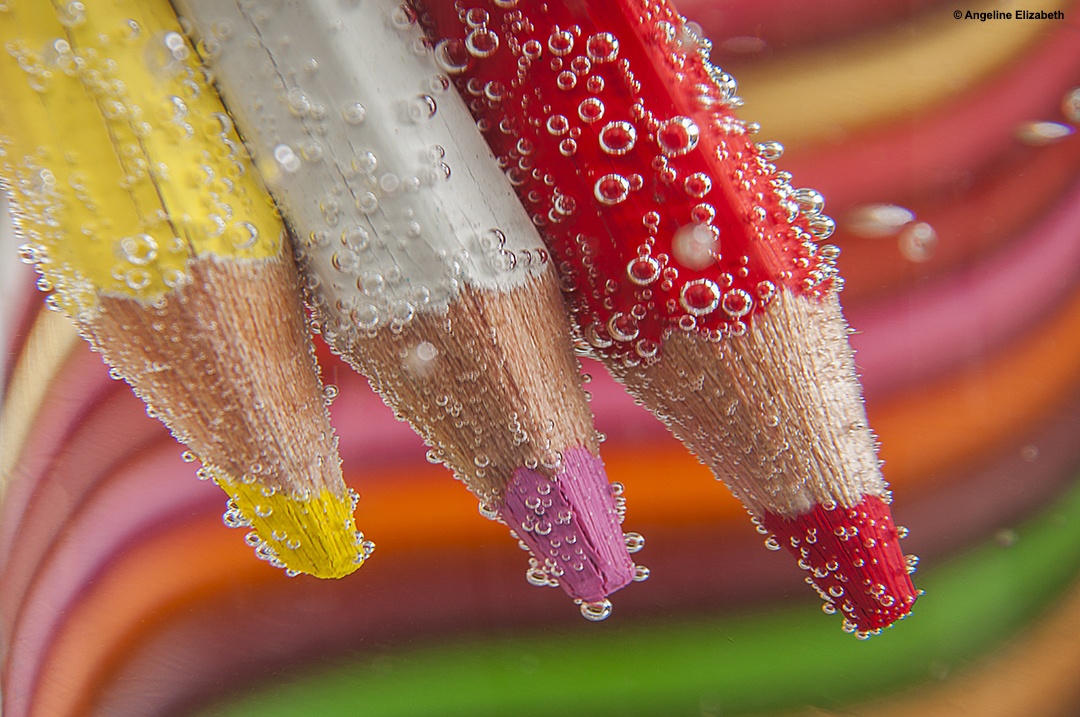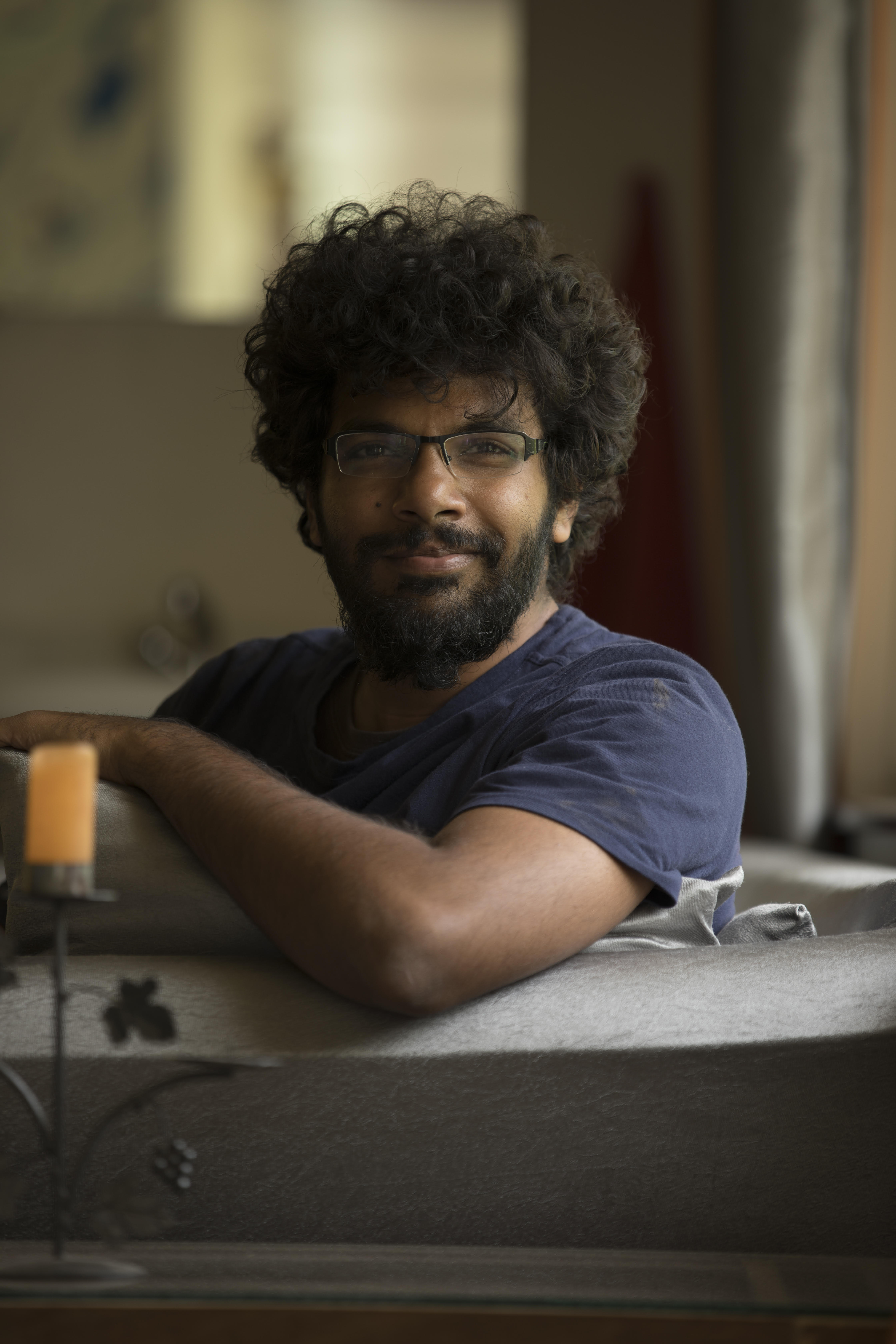Getting Creative with Macro Photography
You know how they say that you should enjoy the little things in life? Well, what are you waiting for then? Find those little things and photograph them. Macro-photography or closeup photography is a branch of photography dealing with really small subjects like insects, flowers, dew drops. So how do you unlock this brand of photography? Let’s dive right in and find out!
The Basics
The idea of macro photography is to show small subjects with intricate details magnified. Imagine a picture with just the head of a fly. There are two main considerations when it comes to clicking something like this.
First is how close you can get to a subject. Every lens has a minimum working distance or minimum focusing distance. Obviously, to get a good macro shot you want to get as close to the subject as possible. You can actually see this mentioned on all of your lenses. So if your lens says 0.1m it means you can as close as 10 cm from a subject and it will be able to focus.
The second factor is magnification, which is a key indicator of how big the subject is going to look in your frame. Typically it’s expressed as a ratio (1:1, 1:2,…). 1:1 means that an object of let’s say 1 cm will form an image of size 1 cm on your sensor. If your lens has 1:2 magnification, that same 1 cm object will form a 0.5 cm image. If magnification is 2:1, a 2cm image will be formed. Remember, this magnification factor applies at the minimum working distance. Another way of looking at this, is finding out what’s the smallest object that you can fill the frame with using your lens. Either ways, practically, today’s DSLRs have a lot of pixels and you could get a good macro shot even with a lens that only has a 1:4 magnification.

What You Need
There are many ways to get started on your macro photography no matter how much you can realistically invest into this.
Option 1: A macro lens
If you can afford it, there are plenty of good macro lenses available to choose from. They come in various focal lengths. How does focal length matter, you ask? For a lot of subjects like insects you cannot get really close without disturbing them, so you’d ideally want a longer focal length to shoot such subjects. Higher focal lengths allow you to put some distance between you and the subject while still getting the same magnification. A good and versatile option is to choose a lens close to 100mm (on a full frame camera).
Option 2: An Extender
Macro lenses are quite expensive and if you cannot afford them, don’t worry. You can turn your regular lenses into a macro lens by using an extender. This basically is like a cylinder you put between camera and lens that gets your lens closer to your subject. Sounds cool right? Do check out the compatibility of your camera and lens with this extender before buying one. You can even make one yourself. Typically these work best if you have a fully manual lens (in which you can adjust aperture on the lens itself).
Option 3: Clip-on lenses
Can’t afford any of the options above? Do not worry. There are plenty of really affordable macro clip on lenses available for your phone. You’d be amazed by how well some of these perform. I’d suggest everyone try these out as they are very pocket friendly, both literally and figuratively. Imagine you’re out hiking and see a beautiful flower with dew drops on it. Just whip out that phone, attach that clip on lens and get clicking!

Watch Out
Alright! Let’s say you got some form of macro capable lens with you. Here are some other things you need to know while shooting.
Concentrate on focus
Macro-photography requires you to get very close. That automatically means that your depth of field is going to be very shallow. This is going to give you 2 challenges. The first is getting the subject fully in focus. To do this you could close down the aperture (higher f number), but remember that this means you need to be working with ample light. The other challenge is getting the focus right. I find that autofocus is not very reliable. My advice: Switch to manual focus, set the focus approximately and then slowly rock back and forth till the focus is right. Take a deep breath, hold it and click.
Too close for comfort
While getting close to the subject be wary of not disturbing it. You don’t want to invade the private space of that bug. Don’t bug the bug. Also, make sure you aren’t blocking the light while getting close to the subject.

Get Creative
Insects, flowers, leaves, dew drops: These are all among typical macro photography subjects. But don’t limit yourself to these. Try out all sorts of both natural and manmade subjects. You’ll find that when you look closely they have some beautiful and sometimes strangely wonderful textures and patterns. These subjects are all around you. Have you seen the human eye magnified? Or just the fibres of the fabric you’re wearing?
There’s so much beautiful detail in these tiny subjects that we barely pay any heed to and you’d be surprised and amazed by the kind of pictures you can produce. All you got to do is look closer.
Try this out:
Typical macro lenses have longer focal lengths(~100mm) and it’s difficult to show any surroundings around the subject. However, there are some really good wide angle macro lenses(~15mm) out there that you can try out with some interesting results. With these, you can show an insect with the landscape around it also seen.
Share your macro photography images on instagram and tag @lla_online and stand a chance to be featured.

About the Author
Vivek Mohan
Once-upon-a-time-engineer, worked for an MNC for 3 years before deciding to find something more creatively inspiring. Tried my hand as a user experience designer for some time before finally taking the plunge into the world of photography. A year full of adventure, learning and self-discovery at Light and Life Academy was the ideal starting point for that journey.
Seeker of interesting conversations. Lover of good design. Fan of dark humour.
Instagram(@why_wake_photography): instagram.com/why_wake_photography/ Website: https://www.vivekmohanphotography.com/




